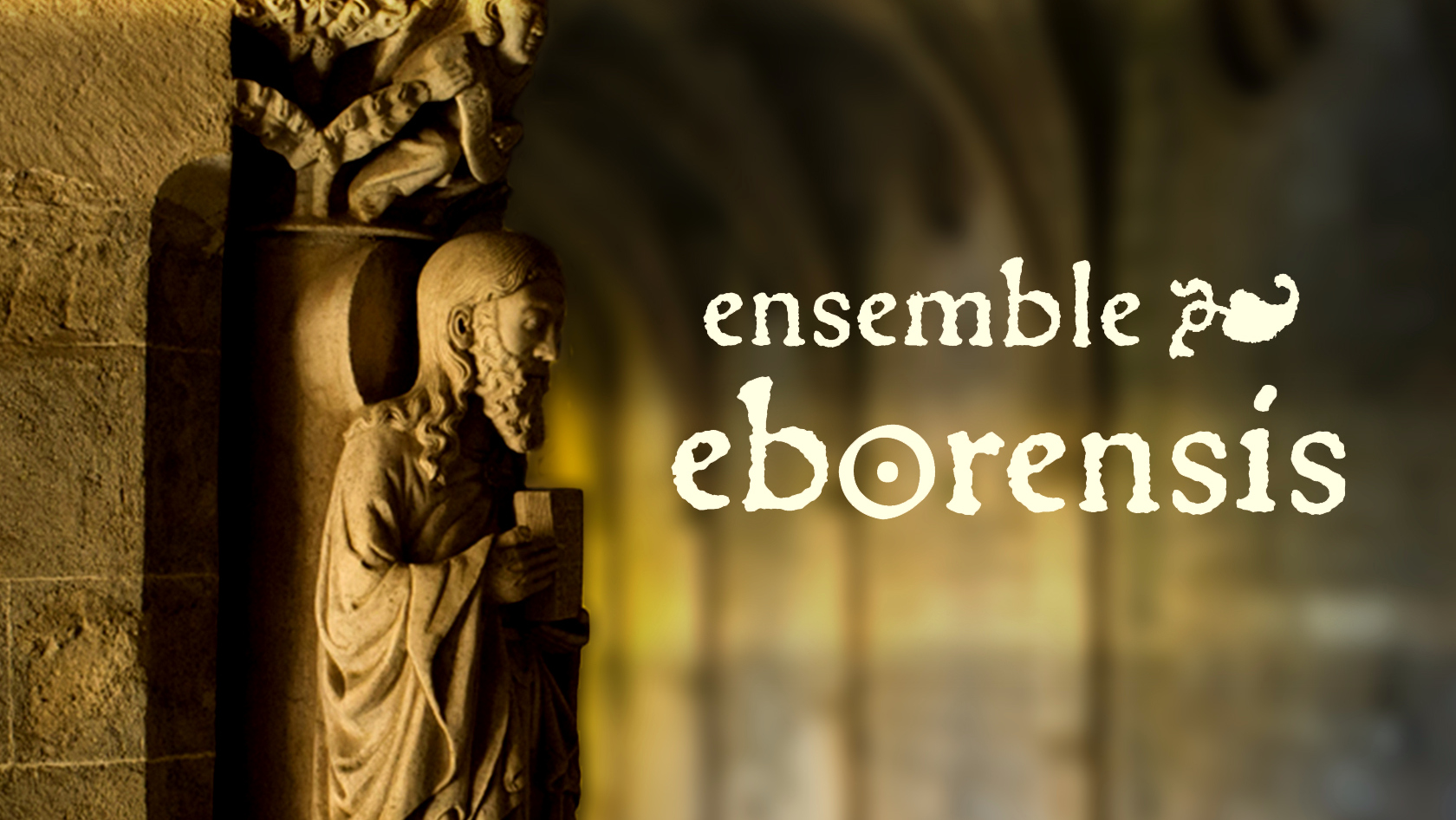
Duarte Lobo • Asperges me
This polyphony setting of the antiphon Asperges me comes from Portuguese composer Duarte Lobo’s first Liber Missarum of 1621. It was one of the books Lobo printed in Antwerp at the famous Officina Plantiniana by Balthazar Moretus.
The Asperges me antiphon, as also the Vidi aquam antiphon, open the 1621 book of masses (in the 1639 there are other two similar polyphonic settings of these antiphons). First of all, I’m a big fan of the plainchant melody (there is a recording of the plainchant antiphon from a sixteenth-century Cistercian choirbook here), second, I’m particularly fan of this setting by Lobo. In my opinion he captures very well polyphonically the paraphrase of the chant line. The imitation points are almost no existent, with the addition of trio right in the middle of the antiphon section. The Sicut erat section is very challenging in terms of the rhythm. There are other antiphons of this kind, carved very similarly as Lobo’s setting. I can recall the Cristóbal de Morales’s from the Toledo choirbook or even Filipe de Magalhães’s from his 1636 Missarum Liber.
The work is set for SATB in high clefs (g2,c2,c3,c4). I recorded the work earlier in the SATB configuration, transposed a minor third downwards with Ensemble Mensurable (video here) which was also edited in Edições MPMP. The video below was recorded at Ensemble Eborensis’s concert in the parish church of Aguiar, near Viana do Alentejo, commemorating the 500 years of Aguiar Foral letter, June 10th, 2016. In this performance Ensemble Eborensis is Inês Pinto and Patrícia Hortinhas (superius), Ana Lúcia Carvalho (altus) and Luís Henriques (tenor). This version of the antiphon is part of the programmes we planned for late-2015 and 2016 featuring the vocal formation SST/SSAT. This was a quite challenging new vocal formation, very unusual around here, for the group and that sometimes reflected in the vocal quality of the performance.
